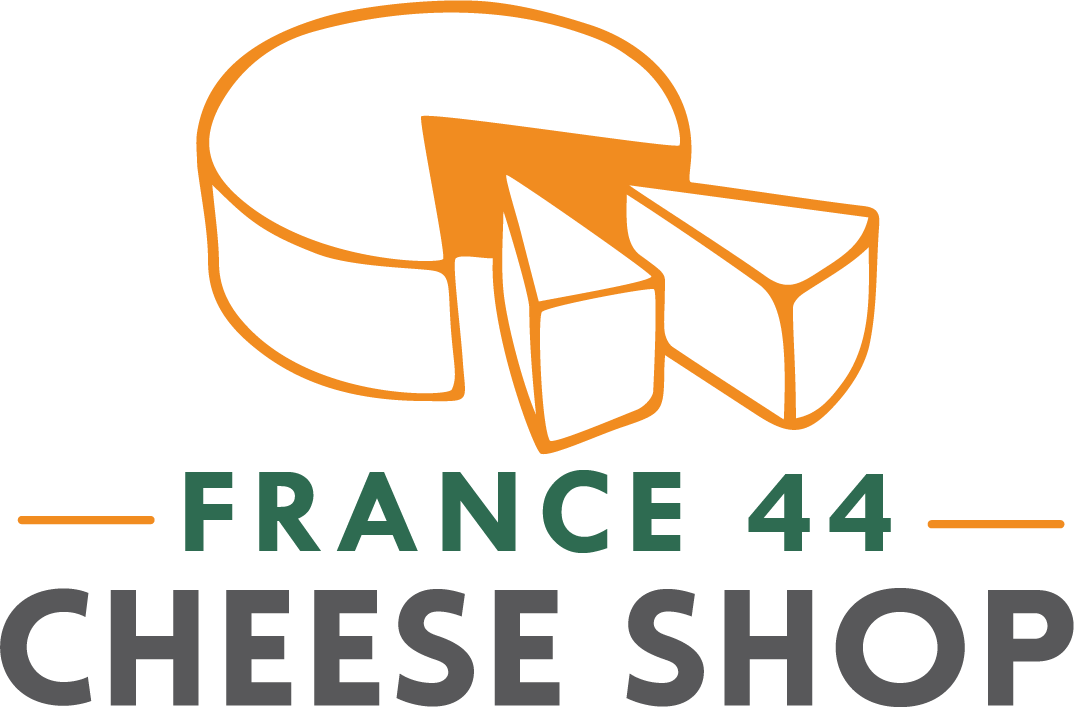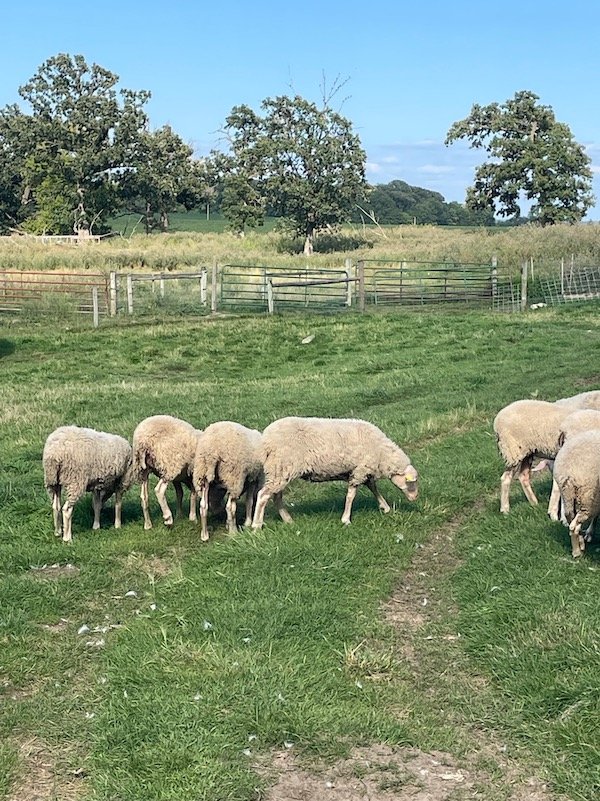by Austin Coe Butler
Steven and Jodi Ohlsen Read knew they would buy the farm in Nerstrand after a series of coincidences so conspicuous and convincing that we often attribute them to fate. They mistakenly received a response to their advertisement searching for a farm by a man who had meant to call the advertisement above theirs. The real estate agent’s last name was Hope, and when the three of them took a tour of the property, upon exiting the barn, a rainbow stretched across the fields and a sudden gust of wind blew the FOR SALE sign down. A moment of silence passed as Jodi and Steven understood that they had arrived at the new home of Shepherd’s Way.
Jodi and Steven were kind enough to open their farm to us as we picked up our cheese order this past Tuesday. Upon arriving at Shepherd’s Way we were greeted by Beep, an old barn cat who happily received our scratches as we waited for Jodi to change out of her work clothes. Starlings alighted on wires and ducks huddled in the shade. Steven and Jodi took us on a tour of the barn, which houses the whole operation, including the milking parlor, make room, and several aging rooms. Steven started making cheese back in 1994, but now handles the herd, milking, and pasteurizing.
Jodi was drawn to cheese making through an innate curiosity. In a previous life, she had been a professional journalist and editor, writing articles for publications that ranged from food and children to science and medicine. She would help Steven make the cheese and pester him with questions about the process to which he would respond with tight, technical responses replete with scientific terms. Jodi would unwind these into a way she could understand them just for the pleasure of knowing. Twenty years later, Jodi has made every single pound of cheese that has left Shepherd’s Way. The writer’s inquisitiveness is still there, though. She compares the tangible satisfaction of holding and tasting wheels cheese to seeing a magazine come together for print.
Under the shade of a great Burr Oak that recalled why French trappers called this part of Minnesota the “Grand Bois” or Big Woods, Jodi and Steven sat with us while we enjoyed a selection of their sheep’s milk, skyr (an Icelandic yogurt), and cheese. We spoke of the farm’s founding, the creation of a Cheese CSA that began in response to a devastating fire that destroyed 500 sheep and all the animal housing, and their long tenure at many of the Twin Cities farmers markets. We spoke, too, of the common misconceptions around sheep’s milk. Sheep’s milk is uncommon in the United States for a variety of reasons, and as such it is misunderstood. One misconception people have about sheep’s milk and sheep’s milk cheeses is that they are “gamey” or “animally” like goat’s milk and goat’s milk cheeses with their capric tang and billy-goat funk. We’ve had customers who respond to the offer to sample a sheep’s milk cheese, “No, thank you, I don’t like goat’s milk.” Steven, amused, mentioned the surprise verging on disappointment of market goers who try their fresh sheep’s milk expecting something feral and sour remark, “It tastes like milk…”
Sheep’s milk cheeses can have a tang to them, if the cheesemaker chooses to draw those qualities out, but even then it has a more lactic, lemony tang as opposed to the more bracing, gamey bite some people find off-putting about some goat’s milk cheese. Most sheep’s milk cheese have a rich, butteriness that is nutty and sweet, owing to the larger percentage of fat and solids in the milk than goat’s or cow’s milk. Think of the richness of Manchego, Ossau-Iraty, or Verano, not to mention the celestial creaminess of soft sheep’s milk cheeses like Brebirousse, Fiorita, or Shepherd’s Way’s Hidden Falls.
We currently carry two of Jodi and Steven’s cheeses, the soft, bloomy-rinded Hidden Falls, which is delicate, buttery, and the perfect introduction to sheep’s milk cheese, and Sogn Tomme, a firmer sheep’s milk cheese that just won a gold medal from the American Cheese Society. Sogn is bright, the perfect cheese to enjoy on a late-summer picnic.
What’s happening at Shepherd’s Way is what we love about American farmstead cheese. Great cheese made by great people from great milk.




